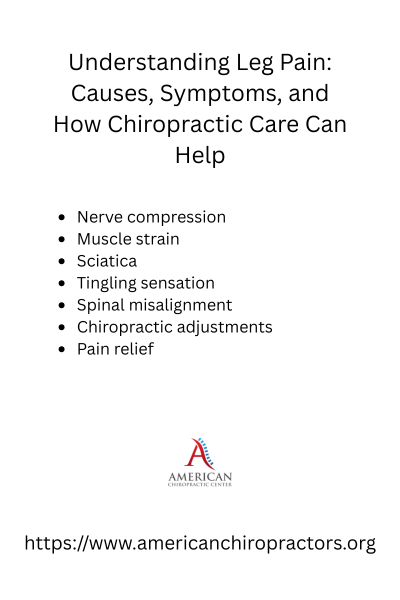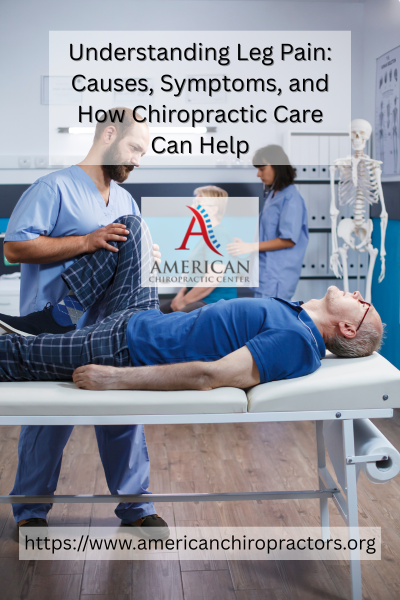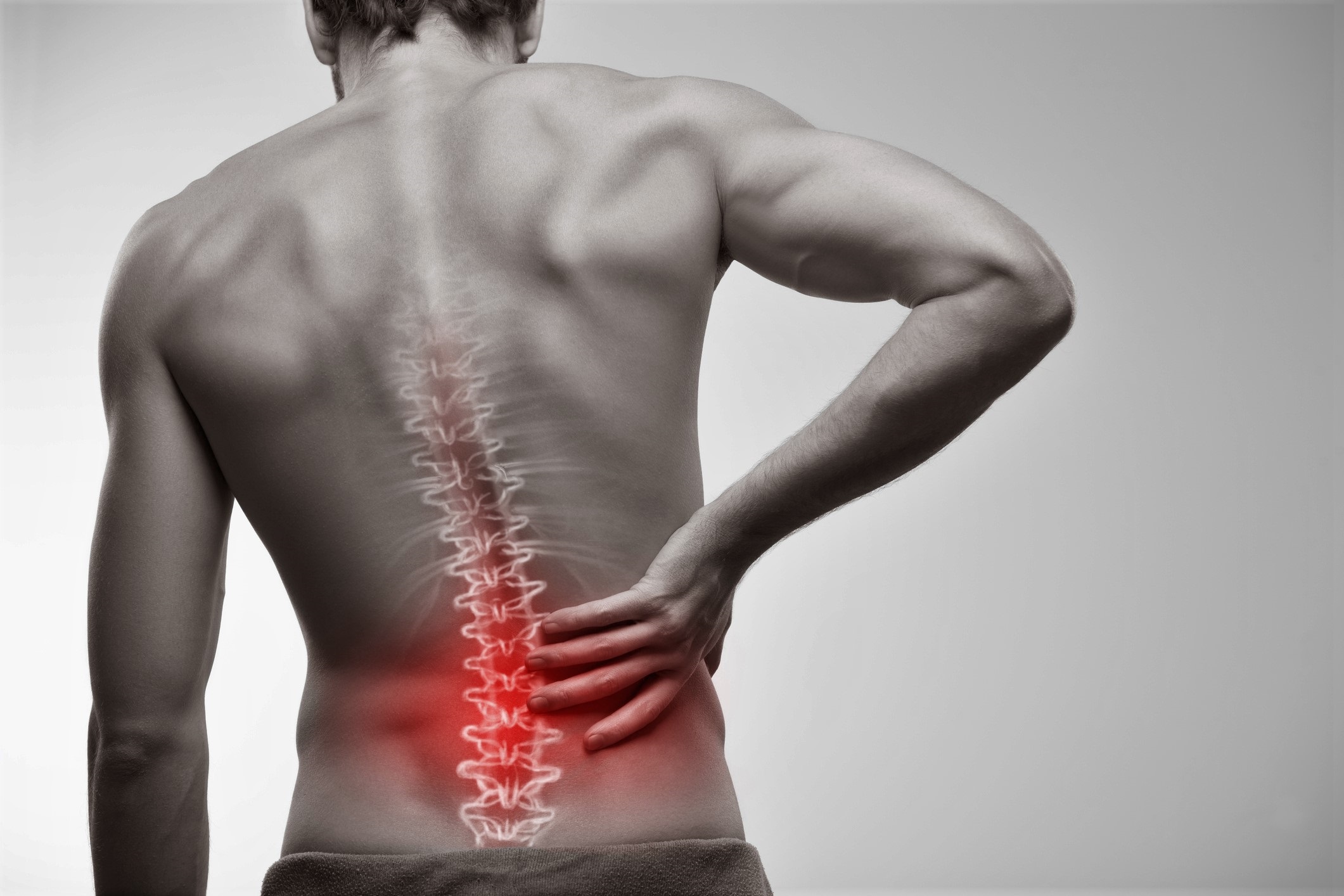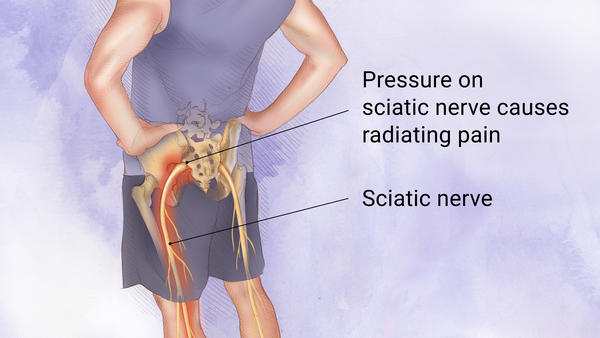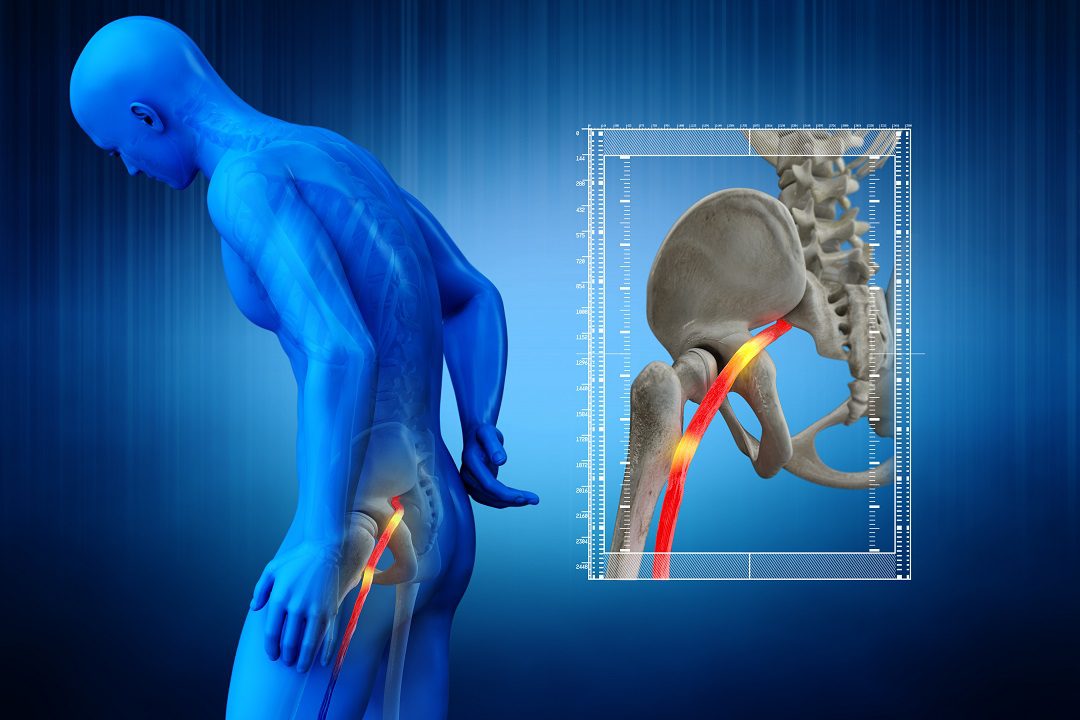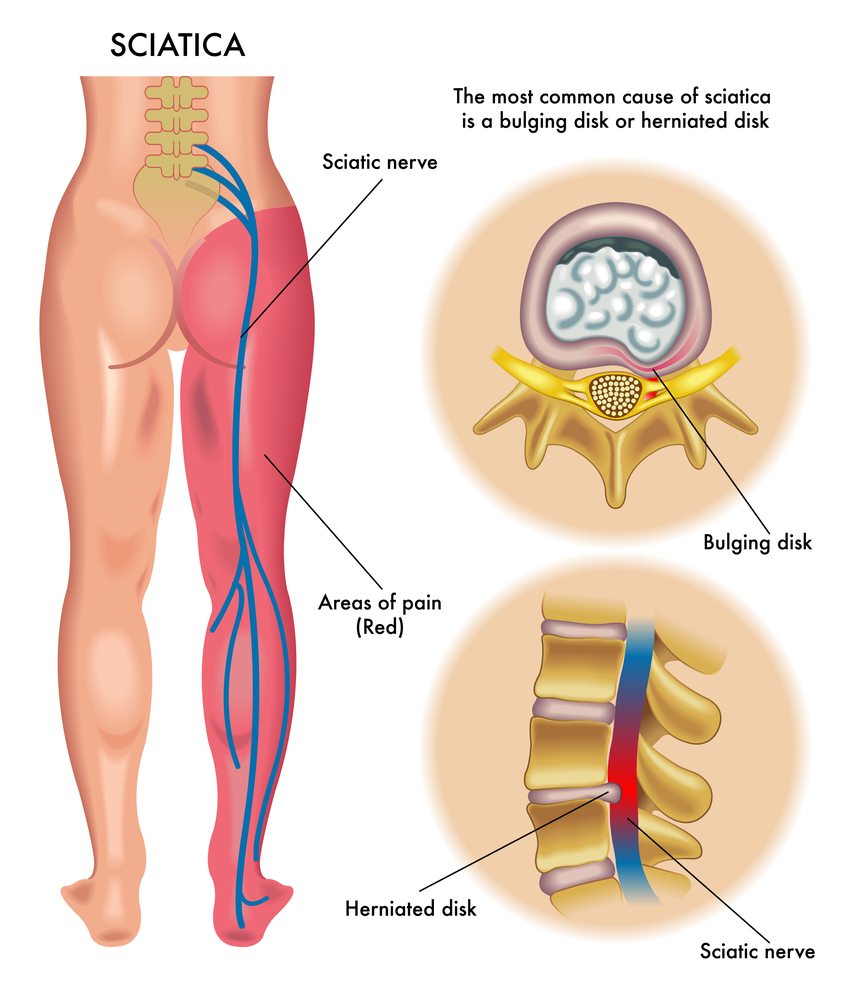Leg Pain
Understanding Leg Pain: Causes, Symptoms, and How Chiropractic Care Can Help

Leg pain affects millions of people worldwide and can significantly impact daily activities, mobility, and quality of life. While some leg pain may resolve on its own, persistent or severe symptoms often indicate underlying conditions that require professional evaluation and treatment.
Understanding the various causes of leg pain and recognizing when chiropractic care can provide relief is essential for effective management and recovery.
Read More About Understanding Leg Pain: Causes, Symptoms, and How Chiropractic Care Can Help
Common Symptoms of Leg Pain
Leg pain manifests in numerous ways, and the specific symptoms often provide valuable clues about the underlying cause. Patients may experience sharp, shooting nerve pain that radiates down the leg, particularly with conditions like sciatica or lumbar radiculopathy.
Others report chronic pain that persists for weeks or months, often accompanied by numbness and tingling sensations that suggest nerve involvement.
Motor symptoms frequently accompany leg pain, including muscle weakness and leg weakness that can affect walking and standing. Some patients develop leg fatigue that worsens throughout the day, while others experience cramping, leg cramps, or muscle cramps that can occur suddenly and cause significant discomfort.
Joint pain may affect the hip, knee, or ankle, and leg swelling can indicate circulatory or inflammation issues.
The location of pain provides important diagnostic information. Hip pain often stems from arthritis or muscle strain, while knee pain may result from injury or overuse.
Thigh pain can indicate hamstring injury or nerve compression, and calf pain might suggest circulatory problems or muscle strain.
Shin pain commonly occurs with shin splints or stress fracture, while foot pain may indicate plantar fasciitis or other localized conditions.
More Things to Know About Understanding Leg Pain: Causes, Symptoms, and How Chiropractic Care Can Help
Musculoskeletal Causes of Leg Pain
Spinal Disc and Nerve Issues
Herniated disc conditions represent one of the most common causes of leg pain referred from the spine. When the soft inner material of a spinal disc protrudes through its outer wall, it can compress nearby nerve roots, leading to lumbar radiculopathy and sciatica.
This nerve compression creates characteristic shooting pain that travels from the lower back down through the buttock and leg, often accompanied by numbness and muscle weakness.
Spinal stenosis, a narrowing of the spinal canal, can also cause nerve root compression and subsequent leg pain. This condition often develops gradually and may worsen with walking or standing, improving with rest or forward flexion.
Patients with spinal stenosis frequently experience leg numbness and weakness, particularly during activities that extend the spine.
Degenerative disc disease contributes to both herniated disc formation and spinal stenosis. As discs lose height and elasticity over time, they become more susceptible to herniation and may contribute to foraminal stenosis, where the openings for nerve roots become narrowed.
Muscle, Tendon, and Ligament Injuries
Muscle strain represents a frequent cause of acute leg pain, particularly following physical activity or sudden movements.
The hamstring muscles are especially vulnerable to injury, with hamstring strain causing posterior thigh pain that may persist for weeks without proper treatment.
Similarly, pulled muscle injuries can affect any part of the leg and typically result from overstretching or overuse.
Both tendonitis and tendinitis (alternative spelling) affect various structures throughout the leg, with achilles tendonitis being particularly common among athletes and active individuals.
This inflammation of the Achilles tendon causes heel and lower calf pain that typically worsens with activity. In severe cases, Achilles tendon rupture may occur, requiring immediate medical attention.
Plantar fasciitis causes foot pain, particularly in the heel area, and often presents as sharp morning pain that gradually improves with movement. This condition results from inflammation of the thick band of tissue supporting the foot’s arch.
Iliotibial band syndrome affects runners and cyclists, causing lateral knee pain and thigh pain. The iliotibial band, a thick fascial structure running along the outer thigh, can become tight and inflamed with repetitive motion activities.
Bone-Related Conditions
Bone fracture and stress fracture represent serious causes of leg pain that require immediate medical attention. While traumatic fractures typically result from accidents or falls, stress fractures develop gradually from repetitive loading and are common in athletes and military personnel.
Osteoporosis increases fracture risk by weakening bone density, making individuals more susceptible to fractures from minor trauma. This condition particularly affects older adults and postmenopausal women.
Bone cancer, though rare, can cause persistent, progressive leg pain that worsens at night and doesn’t improve with rest. Any unexplained bone pain that persists should be evaluated promptly by a healthcare provider.
Joint and Inflammatory Conditions
Arthritis affects millions of people and commonly causes leg pain through joint inflammation and degradation. Osteoarthritis, the most common form, typically affects weight-bearing joints like the hip and knee, causing pain that worsens with activity and improves with rest.
Gout, a form of inflammatory arthritis, can cause sudden, severe joint pain, particularly in the foot and ankle. This condition results from uric acid crystal deposits in joints and typically presents as episodic attacks of intense pain and swelling.
Bursitis involves inflammation of the fluid-filled sacs that cushion joints, commonly affecting the hip and knee. This condition causes localized pain and tenderness that may worsen with movement or pressure.
Neurological Causes of Leg Pain
Nerve Compression and Damage
Pinched nerve conditions can occur at various levels of the spine and peripheral nervous system, causing radicular pain that follows specific nerve pathways.
When nerve roots become compressed or irritated, patients experience characteristic shooting pain, numbness, and weakness in the distribution of the affected nerve.
Piriformis syndrome occurs when the piriformis muscle, located deep in the buttock, compresses the sciatic nerve. This condition mimics sciatica but originates from muscle tension rather than spinal pathology.
Nerve damage from various causes can result in chronic pain syndromes that significantly impact quality of life. Peripheral neuropathy affects the nerves outside the brain and spinal cord, commonly causing numbness, tingling, and burning pain in the feet and legs.
Specific Neurological Conditions
Diabetic neuropathy represents a common complication of diabetes, affecting up to 50% of people with the condition. This nerve damage typically begins in the feet and progresses upward, causing numbness, tingling, and pain that may worsen at night.
Sciatica, perhaps the most well-known cause of leg pain, occurs when the sciatic nerve becomes compressed or irritated. This condition can result from herniated disc, spinal stenosis, or piriformis syndrome, causing pain that radiates from the lower back through the buttock and down the leg.
Restless leg syndrome causes uncomfortable sensations in the legs, particularly during rest periods, accompanied by an irresistible urge to move. While the exact cause remains unclear, this condition significantly impacts sleep quality and daily functioning.
Vascular and Circulatory Causes
Poor circulation can cause various forms of leg pain, particularly during physical activity. Peripheral artery disease restricts blood flow to the legs, causing cramping and pain during walking that improves with rest, a condition known as claudication.
Deep vein thrombosis represents a serious condition where blood clots form in deep leg veins, typically causing swelling, warmth, and pain in the affected leg. This condition requires immediate medical attention due to the risk of pulmonary embolism.
Varicose veins result from weakened vein walls and faulty valves, causing blood to pool in the legs. While often considered primarily cosmetic, varicose veins can cause aching, cramping, and leg fatigue, particularly after prolonged standing.
This condition is closely related to chronic venous insufficiency, which occurs when leg veins cannot adequately return blood to the heart, leading to swelling, pain, and skin changes.
Systemic Conditions Affecting the Legs
Fibromyalgia, a widespread pain disorder, can cause chronic pain throughout the body, including the legs. This condition is characterized by tender points, fatigue, and sleep disturbances that can significantly impact quality of life.
Other systemic conditions such as lupus and multiple sclerosis can also manifest with leg pain, numbness, and weakness, requiring comprehensive medical evaluation and coordinated care.
Overuse and Sports-Related Injuries
Sports injuries commonly affect the legs due to the high demands placed on these structures during athletic activities. Overuse injuries develop gradually from repetitive stress and inadequate recovery time, while acute injuries result from sudden trauma or excessive force.
Shin splints cause pain along the inner edge of the shinbone and commonly affect runners and athletes who participate in high-impact activities. This condition typically results from overuse, poor footwear, or sudden increases in training intensity.
Compartment syndrome occurs when pressure builds within muscle compartments, restricting blood flow and causing severe pain. Chronic exertional compartment syndrome develops during exercise and improves with rest, while acute compartment syndrome represents a medical emergency.
Ankle sprain represents one of the most common sports injuries, occurring when ligaments supporting the ankle joint become stretched or torn. Proper rehabilitation is essential to prevent chronic instability and recurring injuries.
How Chiropractic Care Addresses Leg Pain
Chiropractic care offers effective treatment for many causes of leg pain, particularly those originating from spinal dysfunction or nerve compression. Chiropractors focus on identifying and correcting mechanical problems in the spine and musculoskeletal system that contribute to leg pain symptoms.
Spinal Alignment and Nerve Function
When herniated disc or spinal stenosis cause nerve root compression, chiropractic adjustments can help restore proper spinal alignment and reduce pressure on affected nerves.
This approach directly addresses the underlying cause of sciatica and lumbar radiculopathy, often providing significant pain relief and improved function.
Poor posture contributes to many spinal problems that eventually cause leg pain. Chiropractors assess posture and provide corrective strategies to reduce stress on spinal structures and prevent future problems. This comprehensive approach addresses both immediate symptoms and long-term prevention.
Comprehensive Treatment Approach
Modern chiropractic care extends beyond spinal manipulation to include various therapeutic modalities that address leg pain. Physical therapy techniques help strengthen supporting muscles and improve flexibility, while specific exercise programs target underlying weakness and imbalances that contribute to pain.
Treatment of inflammation plays a crucial role in managing conditions like tendonitis, bursitis, and other inflammatory causes of leg pain. Chiropractors may utilize various techniques to reduce inflammation and promote healing in affected tissues.
Conditions Commonly Treated
Chiropractic care proves particularly effective for leg pain caused by nerve compression, muscle strain, and joint dysfunction. Patients with chronic pain conditions often benefit from the conservative, non-invasive approach that chiropractic care provides.
Hip problems that contribute to leg pain frequently respond well to chiropractic treatment, particularly when proper hip mechanics are restored through targeted interventions. Similarly, knee pain and ankle pain may improve when underlying biomechanical issues are addressed.
Prevention and Long-Term Management
Beyond treating acute symptoms, chiropractic care emphasizes prevention and long-term management of conditions that cause leg pain. Regular exercise programs designed by chiropractors help maintain strength, flexibility, and proper movement patterns that reduce injury risk.
Patient education forms a crucial component of chiropractic care, helping individuals understand their condition and learn strategies to prevent recurrence. This may include ergonomic modifications, activity modifications, and home exercise programs tailored to specific needs.
When to Seek Professional Care
While minor leg pain may resolve with rest and self-care measures, certain symptoms warrant immediate professional evaluation. Severe pain that persists despite rest, significant swelling or deformity, signs of infection, or symptoms suggesting blood clots require prompt medical attention.
Chronic conditions like diabetic neuropathy, peripheral artery disease, or systemic diseases such as lupus or multiple sclerosis require coordinated care between various healthcare providers, including chiropractors when appropriate.
Progressive weakness, numbness that spreads or worsens, or loss of bowel or bladder control alongside leg pain may indicate serious neurological compromise requiring emergency evaluation.
Understanding Leg Pain and Finding Relief
Leg pain encompasses a wide range of conditions affecting bones, muscles, nerves, and blood vessels. While some causes require medical intervention, many respond excellently to chiropractic care, particularly those involving spinal dysfunction, nerve compression, and musculoskeletal imbalances.
The key to successful treatment lies in accurate diagnosis and appropriate intervention based on the underlying cause. Chiropractic care offers a conservative, effective approach for many types of leg pain, focusing on restoring proper function and addressing root causes rather than merely masking symptoms.
If you’re experiencing persistent leg pain that impacts your daily activities, consider consulting with a qualified chiropractor who can evaluate your condition and develop an appropriate treatment plan.
Early intervention often leads to better outcomes and can prevent minor problems from developing into chronic conditions that significantly impact quality of life.

